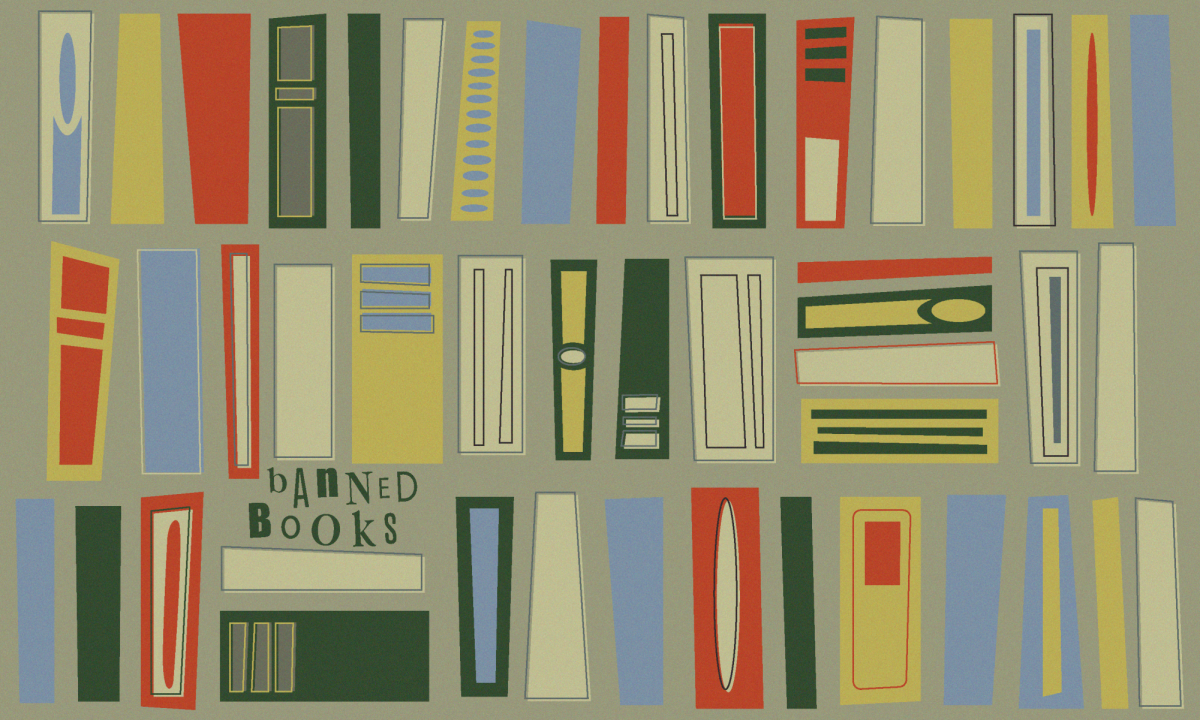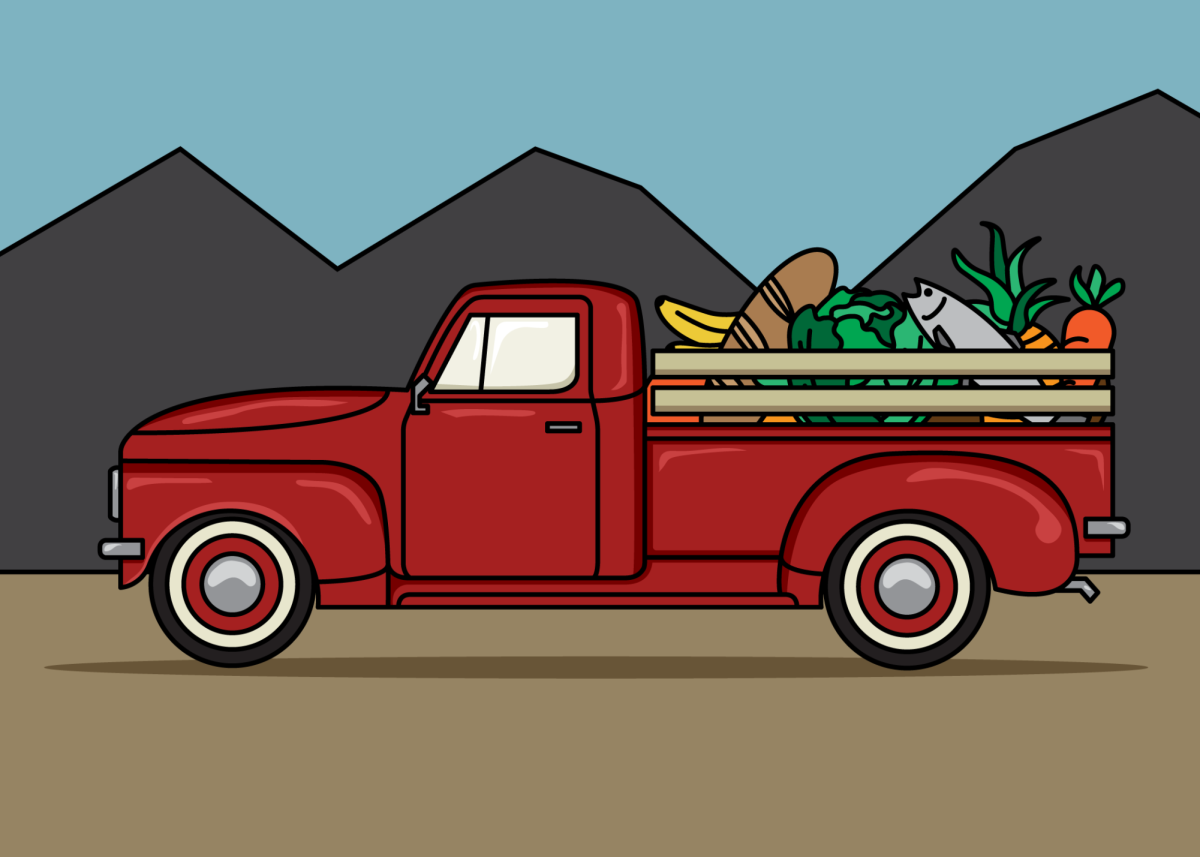The U’s Lesbian Gay Bisexual Transgender Resource Center is promoting the “ending of discrimination” of LGBT people by creating safe zones on campus, which indicates that there are areas on the U campus where these individuals do not feel safe.
There is a need to eliminate discrimination against sexual orientation, gender expression and identity, especially in work and school environments. I believe knowledge is power, and education is definitely a major strategy to combat discrimination, but I strongly disagree with the concept of creating designated safe areas for a specific group where they are already protected.
The whole idea is detrimental to the cohesiveness of our educational society. Displaying a pink piece of paper that states “This is a safe zone” implies that other places on campus are unsafe for LGBT individuals, and that without the sign, LGBT students, staff and faculty should be prepared for the discrimination they might encounter from other staff members, departments or students.
The U has meticulously outlined its expected level of behavior from staff, faculty and students toward minority groups, including sexual orientation, in the Ethical Standards and Code of Conduct and the Human Resource Policies 5-106, 5-205, 6-316 sec. 4.
These special zones or areas create boundaries and divisions for a group that claims it wants to break down barriers and eliminate feelings of segregation. The entire campus is already a safe zone for LGBT people, along with every other group, including all races, religions, sexes, ages, disabilities and ethnicities.
That being said, the U cannot guarantee its codes will never be violated or misinterpreted. If for any reason students do not feel safe or believe they have been discriminated against, they are encouraged to utilize multiple resources to report the discrimination or express themselves, including an anonymous hot line service called EthicsPoint, which is a confidential “whistle-blower” tool that will “investigate and report and analyze all identified issues.” The U also has explicitly detailed the process of dealing with discrimination complaints and the consequences of being found guilty of committing the offense.
The Safe Zone Program itself is extremely effective in its goal to “raise visibility, awareness, and understanding of sexuality and gender identity/expression issues” through education. The problem essentially lies with the name of the program and its goal of “creating a safe environment where student(s) can feel comfortable and free from homophobic, transphobic and heterosexist comments and actions,” which insinuates they shouldn’t expect and demand these same rights and abilities everywhere else on campus, but should instead seek out these designated zones to find them.
The specific training represents a deeper knowledge and understanding of LGBT issues. Individuals who attend the three-hour Safe Zone training should display an acknowledgement of having completed it. What should not be displayed is the attached inferred thought that if others do not have this same training, they cannot respectfully and considerately interact with LGBT individuals, and that LGBT individuals might be unsafe in areas that do not have safe zone signs.
Director of LGBT Center Cathy Martinez, said the training is intended to educate and break down stereotypes others may hold about the LGBT community. She agreed that people with sexual orientation issues are protected in the U’s Code of Ethics antidiscrimination policy, but said it does not protect gender expression and identity. She said she believes that unfortunately, someone can be a member of a protected group and still not feel safe on campus.
“There have been times where I’ve heard students talk about being in class and the discussion comes around to LGBT and what’s being discussed makes them feel uncomfortable or unsafe, because it’s a comment they find offensive or against their orientation,” Martinez said. “So, you can be a protected class or group but still not be treated in the same way.”
Martinez said the Safe Zone Program’s intention is for inclusion, not exclusion, and the expectation is for learning, exploring and including.
“We’ve never ever, as far as I know, have said that if you’re not Safe Zone trained then you’re making this an unsafe environment for LGBT people,” Martinez said. “What (the Safe Zone sign) does is it tells that person that not that this is a safe area for you, but that there is somebody in this area that has been Safe Zone trained.”
Although it is not implicitly stated, the indication of a designated safe zone or area does infer that LGBT people might not be safe elsewhere. If the Safe Zone Program is truly about educating and including people, the department of LGBT Resources should consider renaming it because the name itself creates boundaries and segregation. The training is valuable and individuals who have completed it should display their certification, but it should not imply that others who do not have the training are incapable of safely interacting with LGBT people.

Alicia Williams











